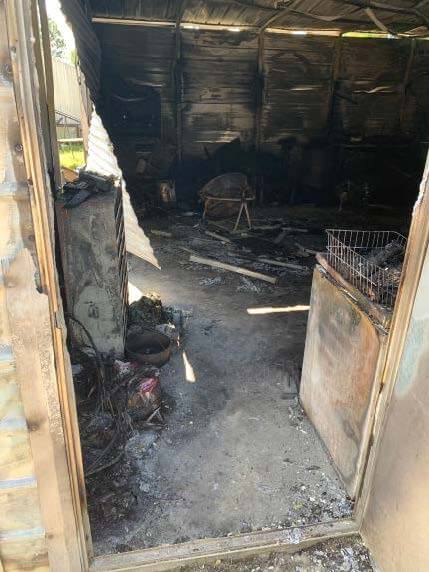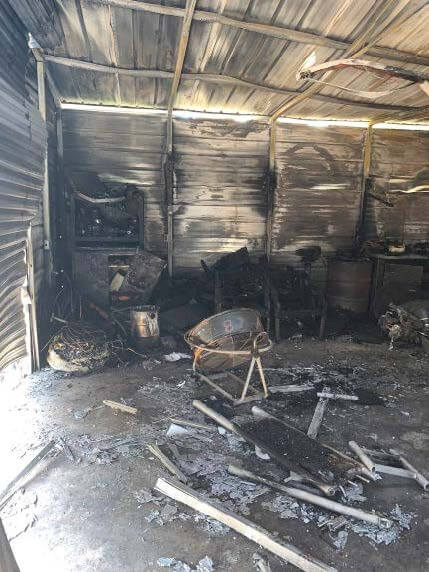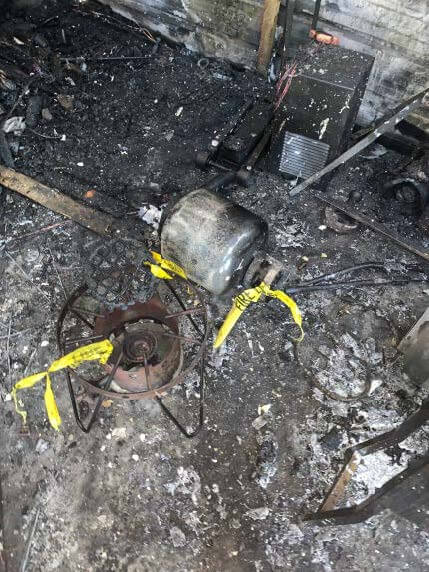BBGA Attorneys secured a confidential settlement for a client who suffered severe burn injuries caused by an improperly filled propane tank.
Family Cook-Out Ends in Tragedy
Our client was planning a Fourth of July cookout with his family, so his father went to a store to have propane tanks filled. The father dropped off a propane tank at our client’s house for the cookout.
The next day our client hooked up the propane tank to his grill. The grill went out because the regulator on the propane tank was frozen. The regulator helps control the flow of gas vapor from the container to the burner tip. A regulator often provides over-pressure protection with a pressure relief device. Our client reached to turn off the control valve when the fire went out, but as he did, the tank’s pressure relief valve opened and began releasing propane into the air. Flames from another grill ignited the propane in the air causing an explosion and engulfing our client in flames.



Propane Tank Explosion Injury Lawyers
The Injuries
Our client’s mother heard the explosion and a blood-curdling scream. She rushed to the shed where she found our client emerging from the flames. His mother rushed him to the nearest emergency room.
Our client suffered flash burns and partial thickness burn injuries to approximately 40% of his body including his head, neck, chest, abdomen, arms, and legs. He suffered second-degree burns with painful fluid-filled blisters on 22% of his body.
Our client required surgery for the placement of 28 skin or tissue grafts. He was at a burn center in full body bandages for two weeks. During the two weeks, he could not perform any activities of daily living himself. In addition to the immense pain from the burns, the staples and bandages prevented our client from getting comfortable or obtaining meaningful rest.
Rules and Regulations for Propane Tanks
Georgia has rules and regulations for dispensing and refilling propane tanks that are set by the National Fire Protection Agency (NFPA), the Department of Transportation (DOT), and the Occupational Safety and Health Administration (OSHA).
Some of the State and Federal Rules for Filling or Refilling a Propane Tank
- Perform a visual inspection of each cylinder to verify it is fit for continued use.
- Fill each cylinder according to weight on a scale.
- Check the weight of each cylinder after they are filled using the scale.
- Do not rely on the cylinder’s overfilling prevention device as a primary means to determine when a cylinder is overfilled.
Surveillance video from the retail store shows that the employee failed to follow any of the above required regulations, including weighing the propane tanks during or after filling them to ensure they were not overfilled.
The Settlement
We were able to secure a settlement for our client that fairly compensated him for his injuries. We are pleased to have helped this client and we wish him best in his continued recovery.

